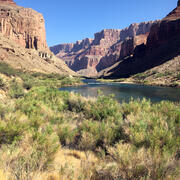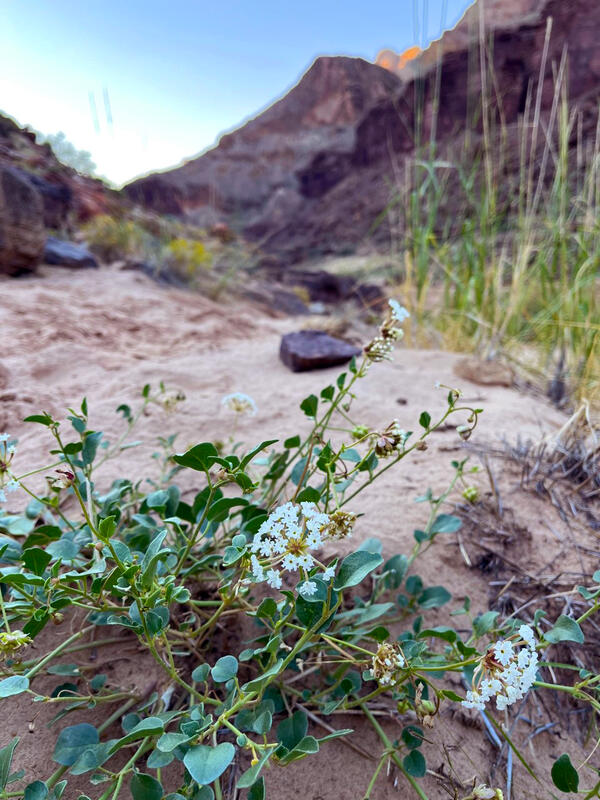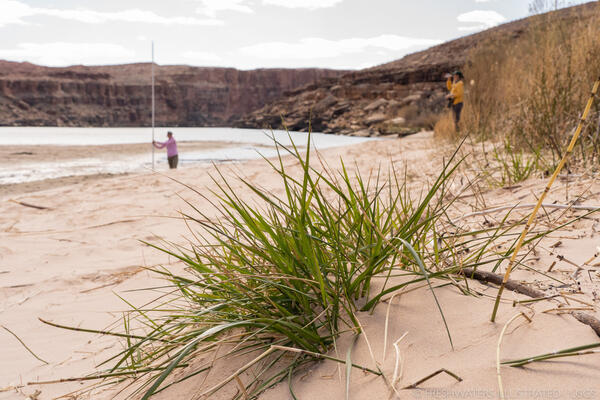Emily conducts research with direct applications to improving land stewardship in a changing environment. Her research examines how environmental pressures, plant genetics, plant traits, and interactions among these factors affect plant community structure and change. This research often provides information needed to make management decisions, for example, characterizing floristic patterns, choosing plants for restoration, and evaluating taxonomic relationships. These studies also often characterize the effect of management decisions, for example, dam operations or grazing. Since her research sits at the interface of conservation and land use, she aims to contribute to creating solutions for living sustainably in drylands.
Her current research projects focus on the impact of river regulation on riparian vegetation communities, riparian plant population genetics in a restoration context, and physiological responses of riparian plants to flooding and climate.
Emily moved to the Southwest in 2006 after a variety of seasonal plant ecology positions in Minnesota, Indiana, and Western Australia. Since then, she has worked in Utah, Arizona, and New Mexico assisting with research on rare plants, dryland plant ecology, spring vegetation, grazing, and riparian vegetation. Emily has been working in the Grand Canyon region since 2011, which has included conducting upland and riparian long-term vegetation monitoring and grazing assessments.







